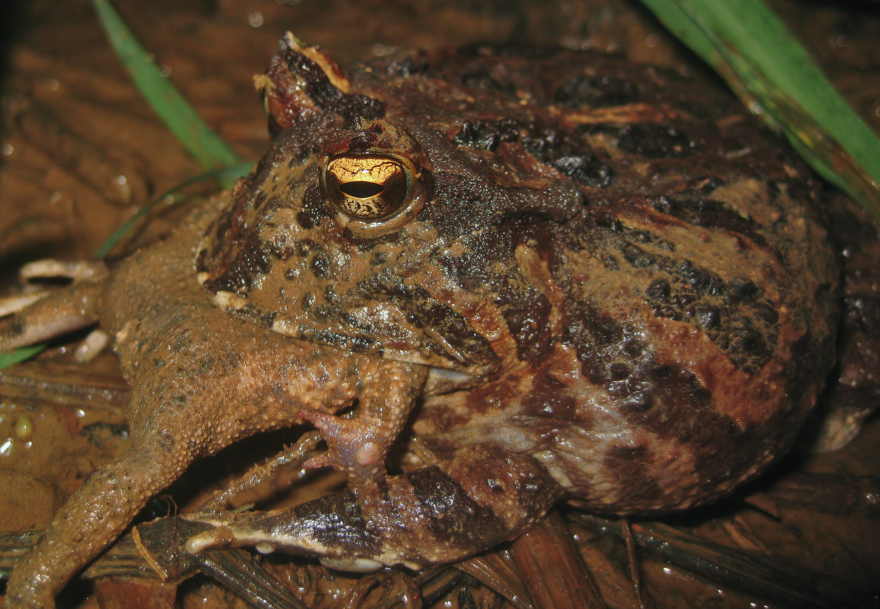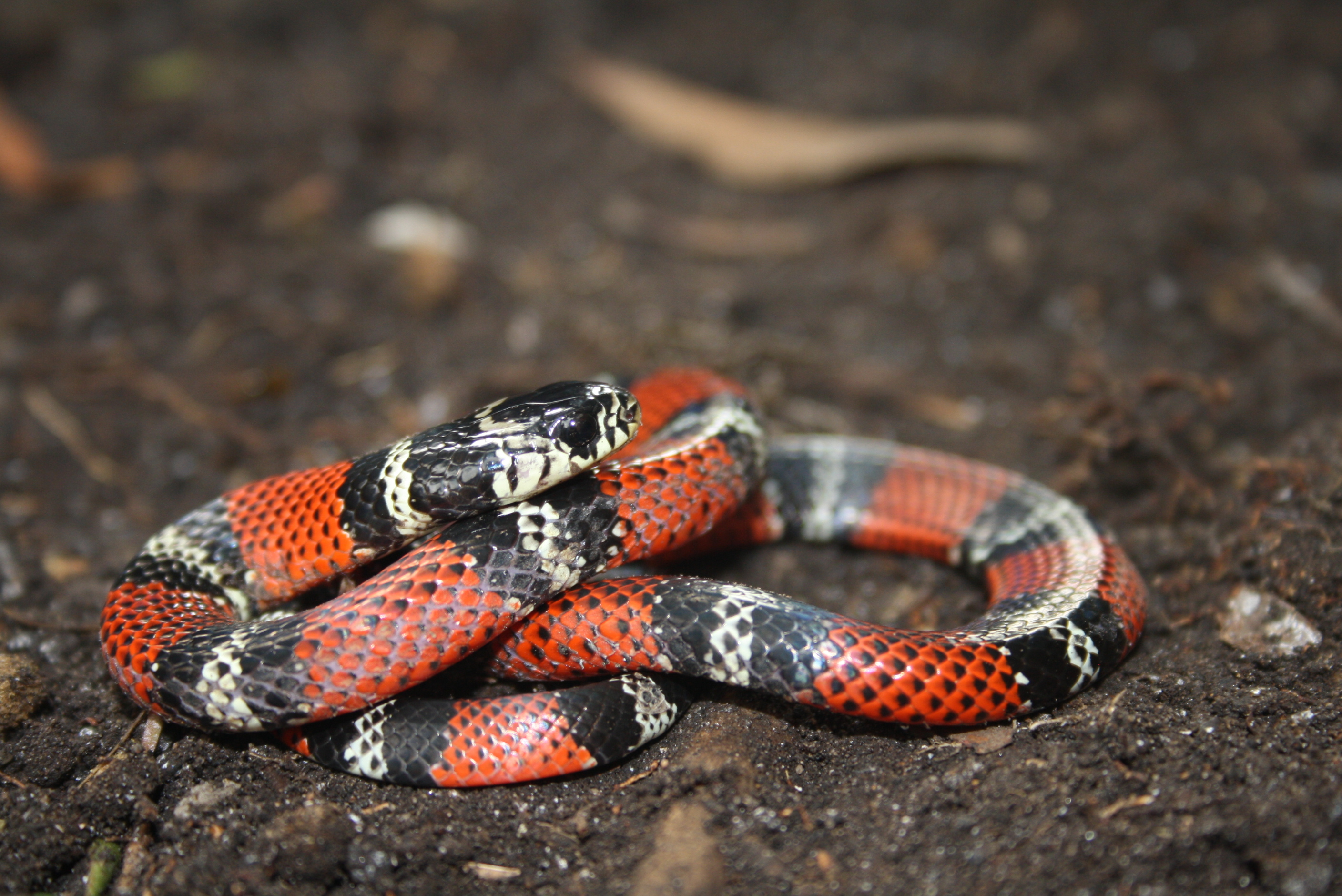Convergent evolution of toxin resistance

A tale of insects and vertebrates
I became involved in this project during my undergraduate thesis in Andrew Crawford's lab at the Universidad de los Andes, in collaboration with Peter Andolfatto's lab.
Despite their dull and cryptic appearance, toads ( Bufonidae ) are highly toxic animals. They're native to every continent except for Australia, where they have become a major conservation threat. Toads contain a type of toxin commonly known as cardiotonic steroids (CTS) that cause cardiotoxicity.
It turns out that many animals have evolved to prey on toads, despite their high levels of toxicity. This, and the well defined (and relativelly simple) genotype-phenotype association involving toxin resistance, provided a compelling system to me to study convergent adaptation.
What further caught my attention was that this predator-prey system resembled a well-studied system of hervivorous insects that feed on plants (Apocinaceae) that produce a very similar toxin to the one in toads! (this itself is a mind-blowing example of evolutionary convergence).
In both cases, the toxins (cardenolides in plants, and bufadienolides in toads - both CTSs) bind and inhibits the Na,K-ATPase (NKA), a protein that maintains the cell's resting potential and is therefore critical for many physiological processes, e.g., muscle contraction, or nervous signaling.

The insect study showed that specific substitutions predicted to confer resistance have convergently occurred in the NKAs of insects that feed on toxic plants. Naturally, my immediate questions were:
- Do toad predators have similar substitutions to toxin-resistant insects?
- Are the resistance-conferring substitutions occurring in toad-predators the same?
- Are the amino acid substitutions occurring at the same sites in the protein in all cases?
These were the focus of my thesis project at the time.
These questions, however, proved to be bigger, and more interesting, than I initially thought, and this project grew larger over the years (we even got partially scooped once!).
How to evolve resistance?
It turns out that evolving resistance to CTSs may come at a cost. CTSs bind the pocket of the NKAs where the Na+ and K+ ions are pumped through; that is, CTSs cuase toxicity by inhibiting the transport of ions through the cell membrane. The most straightforward way to evolve resistance is by target-site insensitivty, i.e., an amino acid substitution that sterically blocks the toxin from binding.
Blocking the toxin, however, may also affect the native ion-pumping activity. Thus, the evolution of resistance requires a fine-tunning between blocking the toxin while maintaining the native funciton.
Amino acid interactions
Since proteins are 3D objects, the function performed by a protein is tightly linked to its structure. The effect of an amino acid mutation on a function, and whether it is allowed by selection, depends on how it structurally interacts with other amino acids at other sites in the protein. Moreover, its evolutionary fate also depends on how it affects multiple functions in the protein, e.g., CTS-resistance and ion transport.

Since ion transport needs to be maintained, it poses an evolutionary constraint on the evolution of toxin resistance, and yet, multiple animals have independently evolved CTS-resistance.
Our research has focused on understandinging the outstanding evolutionary convergence at the molecular level in light of the functional effects of amino acid substitutions, focusing on the interplay between epistasis and pleiotropy in shaping protein evolution.
Publications
Mohammadi, S.^, Herrera-Álvarez, S.^, Yang, L., Rodríguez-Ordoñez, M. D. P., Zhang, K., Storz, J. F., ... & Andolfatto, P. (2022). Constraints on the evolution of toxin-resistant Na, K-ATPases have limited dependence on sequence divergence. PLoS genetics, 18(8), e1010323. Read here ^ co-first authorship
Mohammadi, S., Yang, L., Harpak, A., Herrera-Álvarez, S., Rodríguez-Ordóñez, MP., Peng, J., Zhang, K., Storz. JF., Dobler, S., Crawford, AJ., Andolfatto, P. (2021). Concerted evolution reveals co-adapted amino acid substitutions in frogs that prey on toxic toads. Current Biology, 31: 1-9. Read here
Gallery
These are some really cool snakes I was able to collect and photograph during my fieldwork trips.



